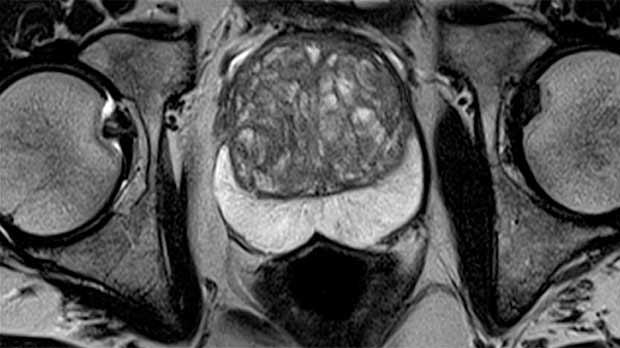
- Medical
-
by opusdiagnostics
NICE
NICE has recommended the scan as a first-line investigation for people with suspected clinically localised prostate cancer.
Multi-parametric magnetic resonance imaging (mpMRI) works by creating detailed images of the prostate that enable clinicians to better detect suspected prostate cancer.
Currently, men with suspected cancer are offered a blood test which looks for raised prostate specific antigen (PSA) levels. If these are raised, individuals may be offered a biopsy which involves inserting a needle into the prostate to take tissue samples. The procedure can be uncomfortable and unnecessary for those with low-risk cancer and comes with the risk of infection.
In draft guidelines published today, NICE has recommended that mpMRI scanning should be offered as a first-line investigation for people with suspected clinically localised prostate cancer. This will not be replacing standard first-line tests such as the PSA test and people who are not going to have radical treatment should not be routinely offered the scan.
For those who do have clinically significant prostate cancer, the scan can help clinicians understand the location of the cancer and target the biopsy directly. This, therefore, reduces the need for further multiple biopsies and reduces the time taken to accurately identify the cancer.
Multiparametric MRI is clinically cost effective as it will reduce the number of biopsies performed. Additionally, cancers are more likely to be detected and identified earlier, therefore, reducing the need for further treatment.
The incidence of prostate cancer is 40,488. From 1st April 2015 until 31 March 2016, 21,730 people newly diagnosed with prostate cancer in England received an mpMRI.
Last year, 15,243 Transperineal Template Biopsies and 35,267 Transrectal Ultrasound Guided Biopsies were performed.
Paul Chrisp, Director for the Centre for Guidelines said:
“We are pleased to announce that we will be recommending multiparametric MRI for patients with prostate cancer. This diagnostic method aims to improve survival, reduce unnecessary biopsies and benefit both patients and the NHS in the long term.”
